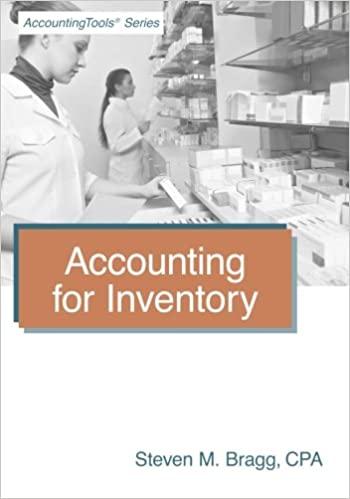Question
Alden Company uses a two-variance analysis for overhead variances. Practical capacity is defined as 28 setups and 28,000 machine hours to manufacture 5,600 units for
Alden Company uses a two-variance analysis for overhead variances. Practical capacity is defined as 28 setups and 28,000 machine hours to manufacture 5,600 units for the year. Selected data for 2016 follow:
| Budgeted fixed factory overhead: | ||||
| Setup | $ 61,600 | |||
| Other | 148,000 | |||
|
| $ | 209,600 | ||
| Total factory overhead incurred | $ | 482,000 | ||
| Variable factory overhead rate: | ||||
| Per setup | $ | 450 | ||
| Per machine hour | $ | 7 | ||
| Total standard machine hours allowed for the units manufactured | 31,000 | hours | ||
| Machine hours actually worked | 34,000 | hours | ||
| Actual total number of setups | 24 | |||
|
| ||||
| Required: |
| 1. | Compute (a) the total overhead spending variance, (b) the overhead efficiency variance, and (c) the total overhead flexible-budget variance for 2016. |
| 2. | Assume that the company includes all setup costs as variable factory overhead. The budgeted total fixed overhead, therefore, is $148,000, and the standard variable overhead rate per setup is $2,650. What are the (a) overhead spending, (b) efficiency, and (c) flexible-budget variances for the year?
|
Step by Step Solution
There are 3 Steps involved in it
Step: 1

Get Instant Access to Expert-Tailored Solutions
See step-by-step solutions with expert insights and AI powered tools for academic success
Step: 2

Step: 3

Ace Your Homework with AI
Get the answers you need in no time with our AI-driven, step-by-step assistance
Get Started


